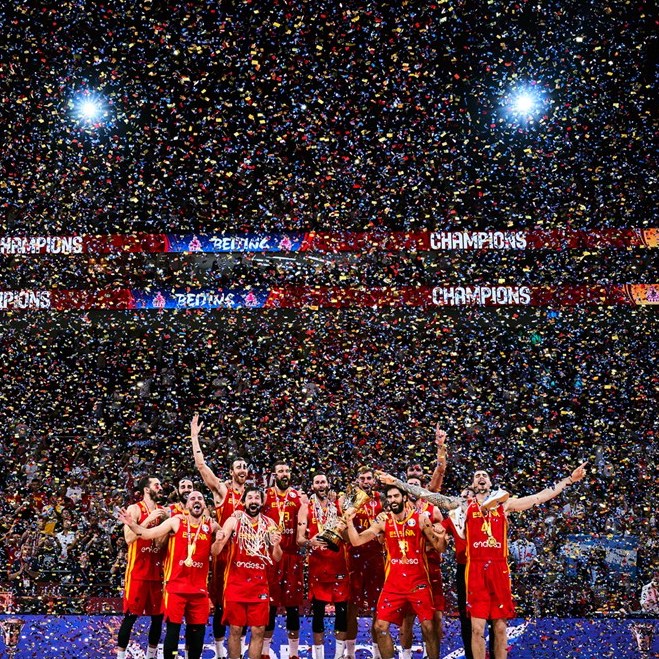As we approach the 19th FIBA World Cup, let’s look back at some of the fun facts from the tournament’s rich history that started 73 years ago.
The FIBA World Cup is rich in history. Having started in 1950, over the years, not only have a lot of records been set, but a lot has also changed in that span of time.
Because of this, to celebrate reaching another edition of the World Cup, we’re bringing back these 11 interesting facts about the history of the tournament that you probably didn’t know or may have forgotten.
1. Professionals were only allowed to compete in 1994.
Throughout the history of the FIBA World Cup, which was formerly known as the FIBA Basketball World Championship, the rules and regulations have always changed. And one of the biggest rule changes in its history happened in 1989 when the organization finally allowed professionals to compete in FIBA tournaments.
Prior to this, professionals, referring to anyone who was paid to play basketball, could not compete. But, after the 1989 rule change, the 1994 World Cup became the first to feature professionals. This gave teams like the United States a huge boost, which sent a team comprised entirely of NBA players, leading the country to the gold medal that year.
2. The first USA team members were factory workers.
When you picture Team USA competing in the Olympics or the World Cup, it’s hard to imagine them without a full-on NBA roster. But in the very first World Cup, Team USA was made up entirely of factory workers.
The very first FIBA World Cup took place in 1950 in Buenos Aires, Argentina, and it only featured 10 teams. The United States, not taking the tournament all that seriously, apparently sent a team of factory workers from a Chevrolet plant and called them the AAU Denver Chevrolets.
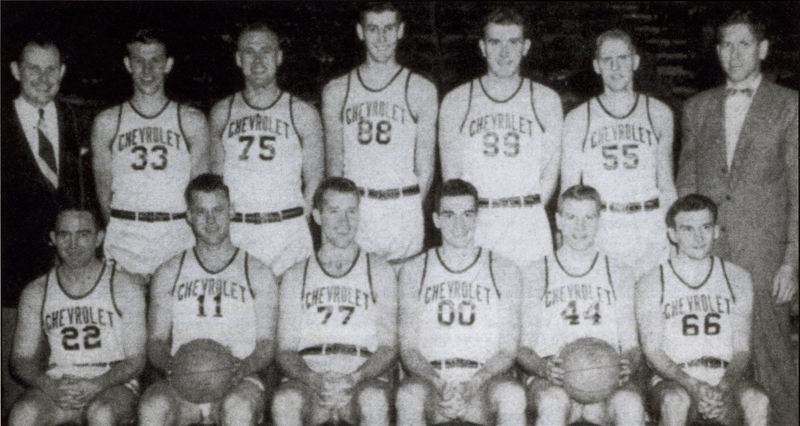
The team still performed very well, making it to the finals and finishing as the runners-up to the hosts, Argentina.
3. The record for the most points scored in a game is 154 points.
In the 1978 FIBA World Cup, which was hosted by the Philippines, Brazil hit a new record for most points scored in a game when they defeated China, 154-97.
That year, they finished with the bronze medal in the tournament.
4. The Philippines was the first Asian country to host the tournament.
The same year that Brazil recorded the highest-scoring record, in 1978, the Philippines also became the first-ever Asian country to host the FIBA World Cup.
Taking place in the Philippines, games were held in Rizal Memorial Coliseum and Araneta Coliseum. Playing on their home courts, the Philippine team were handed an automatic berth into the semifinals of the tournament, but finished eighth place overall.
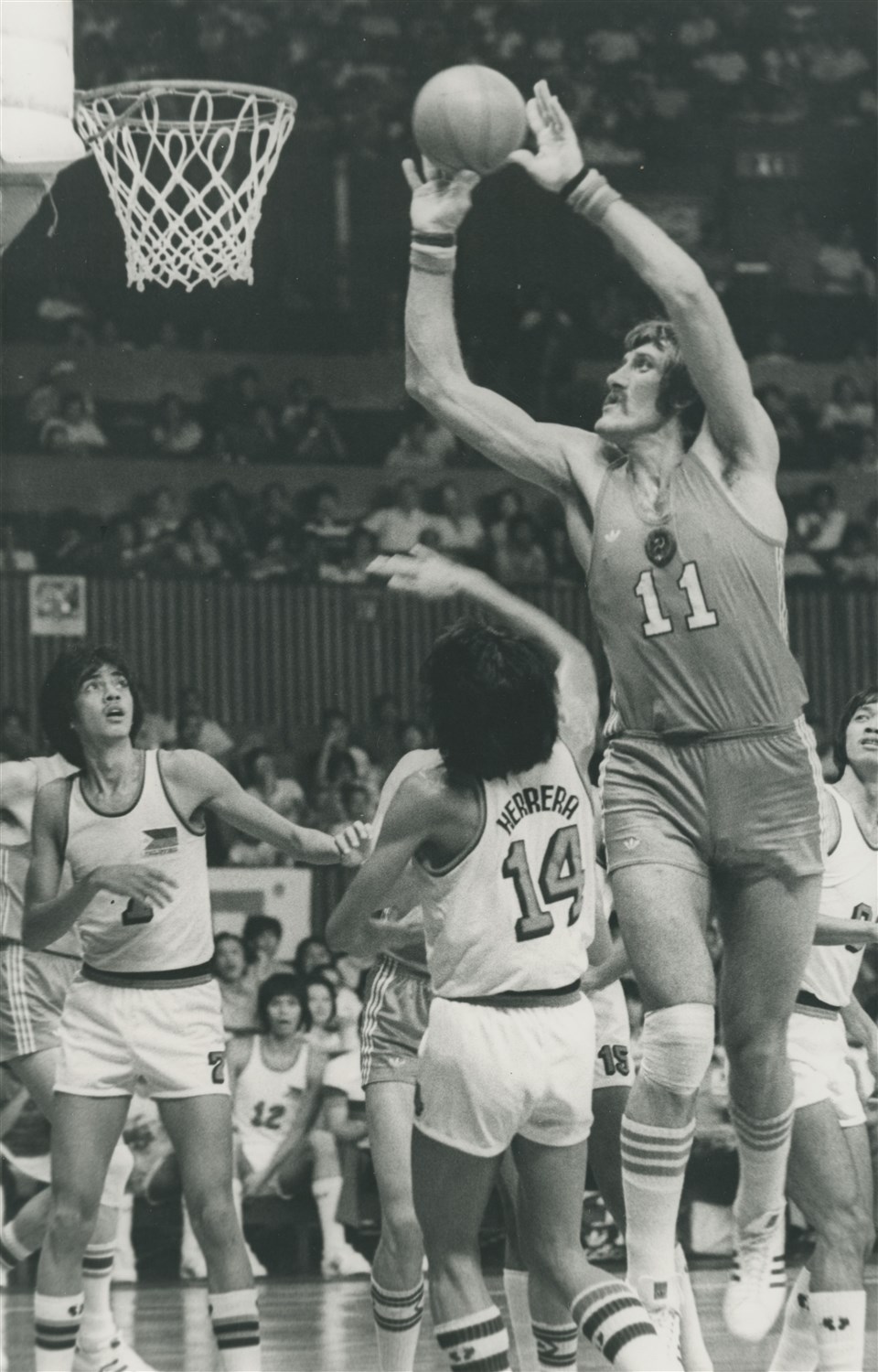
5. The United States and Yugoslavia have the most titles.
Although Yugoslavia is no longer a country, they have been written into the basketball history books as they are still currently tied with the United States at five FIBA World Cup titles.
The United States won the championship in 1954, 1986, 1994, 2010, and 2014. On the other hand, Yugoslavia won in 1970, 1978, 1990, 1998, and 2002.
6. Only six different countries have won the FIBA World Cup.
The upcoming 2023 FIBA World Cup marks the 19th edition of the tournament since the first in 1950. But, across the past 18 editions, only six different countries have won the coveted trophy.
As mentioned, the United States and Yugoslavia are tied, holding five titles apiece. Following them is the Soviet Union, their team winning three titles. Brazil and Spain each have two titles, and Argentina holds one.

7. Greece’s victory over the USA in 2006 is considered the ‘Upset of All Upsets.’
The United States brought a killer roster in the 2006 World Cup. With big names including LeBron James, Dwayne Wade, Carmelo Anthony, Chris Paul, and Dwight Howard, Team USA was expected to dominate.
But, the Americans were unable to hold the fort against the Greeks, taking a 101-95 loss in the semifinals. Greece reached the finals, however, they ultimately lost to Spain, while the United States settled for third place in the tournament.
8. Oscar Schmidt is the highest-scoring player in the tournament’s history.
Brazilian Oscar Schmidt is one of the world’s best basketball players.
Between 1982 and 1998, he scored a total of 906 points across 34 games, giving him a scoring average of 26.7. On top of this, he also holds the record for the most points scored in a single tournament after he recorded 338 points in the 1986 World Cup. Second to him is Luis Scola, who scored 716 World Cup points in his career for Argentina.
9. No player has won the MVP title more than once.
Although there are players in the history of basketball who have won more than one World Cup title, the MVP award remains to be a one-and-done kind of trophy, as no player has ever won the award more than once.
Some of the popular MVPs in the history of the tournament include Dirk Nowitzki in 2002, Pau Gasol in 2006, and Kevin Durant in 2010.
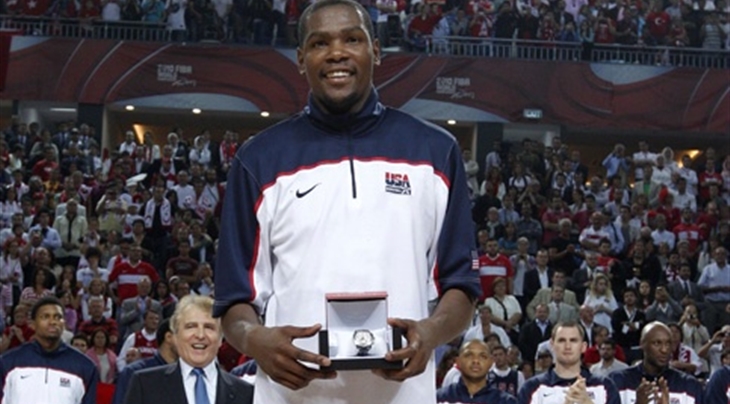
10. 2019 reached record-breaking views.
In the last edition held in 2019, the tournament reached record-breaking results in terms of viewership.
The tournament generated a TV audience reach of over three billion and also reached over one billion views on social media. On top of this, a total of 800,000 spectators came to watch all the action in China.
11. The first-ever Naismith Trophy was awarded in 1967.
It’s every national basketball team’s dream to win the Naismith Trophy, awarded only to the winners of the tournament. But what you might not have known is that this award was first handed out only in 1967, despite the first World Championship being held in 1950.
Given that 1950 was the first edition of the tournament, unfortunately, a lot of things did not pan out the way they wanted to. FIBA had planned for a trophy that year but was only able to have it commissioned in 1965 through a donation.
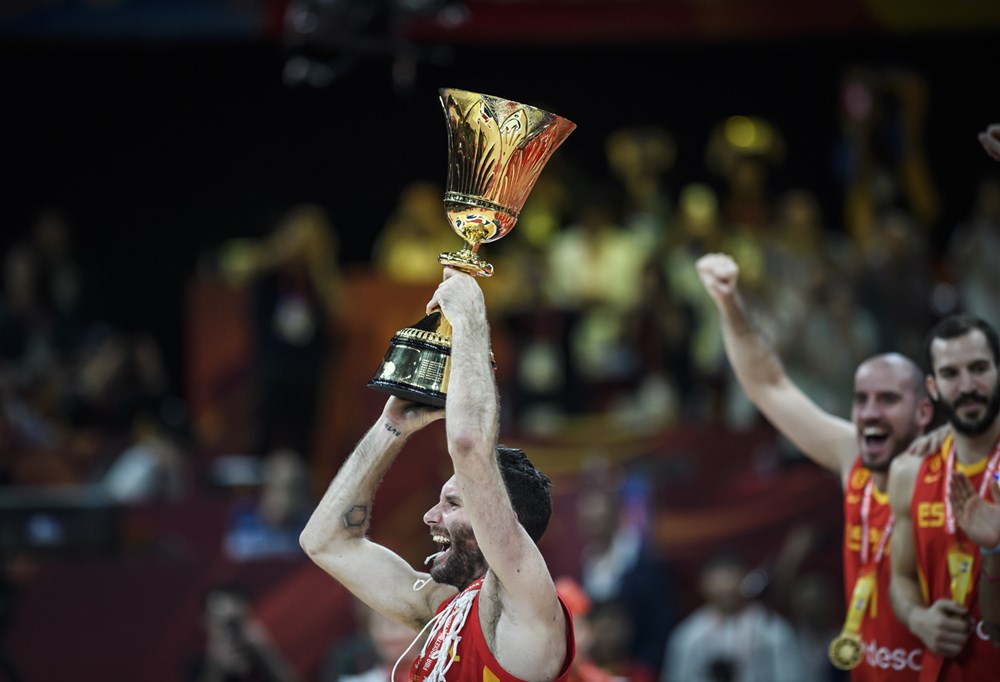
The original trophy was used as the main prize all the way until 1994, and after this point, a new trophy was introduced. Which team do you think will win the trophy this year?
Banner image from FIBA.
Related Stories:
The Philippines at the FIBA World Cup: Recalling Every Qualification
Hoop History: Recalling The 1978 FIBA World Cup in Manila
The FIBA World Cup Draw: How Does it Work?
